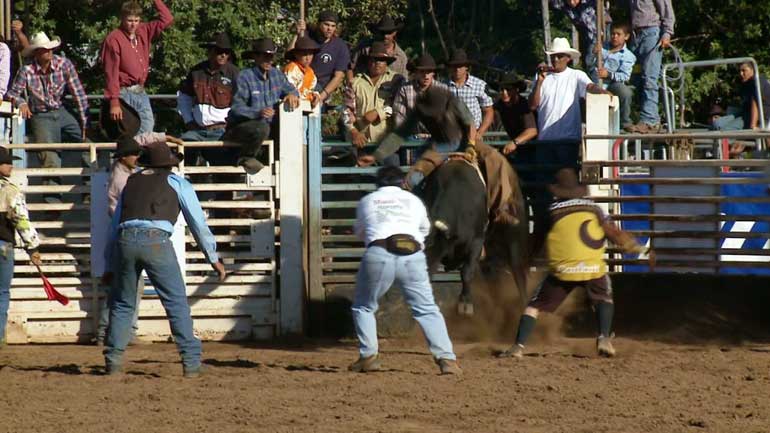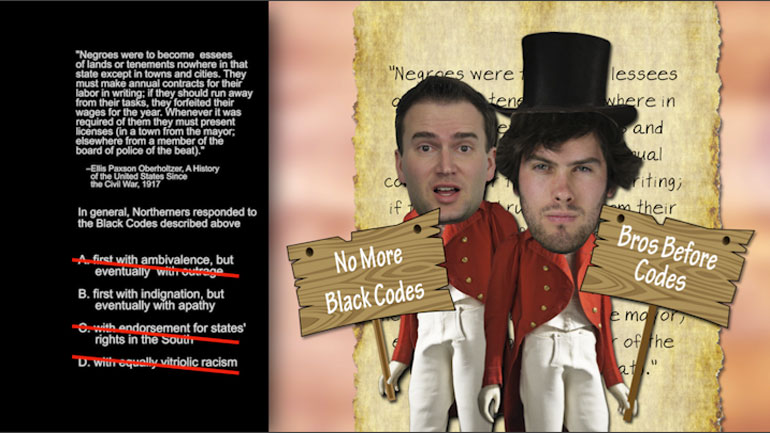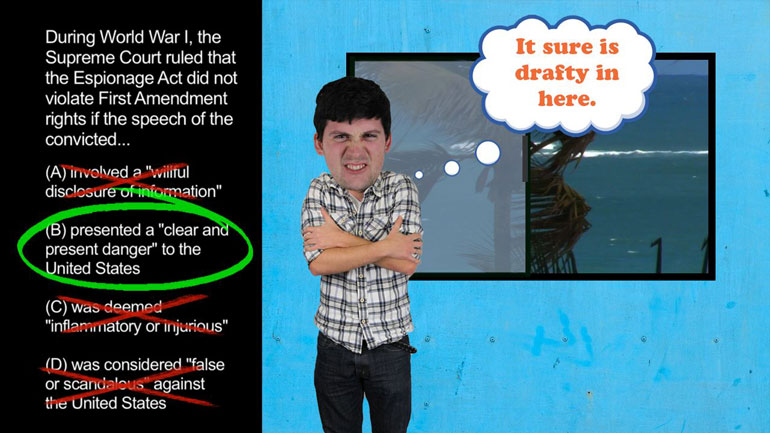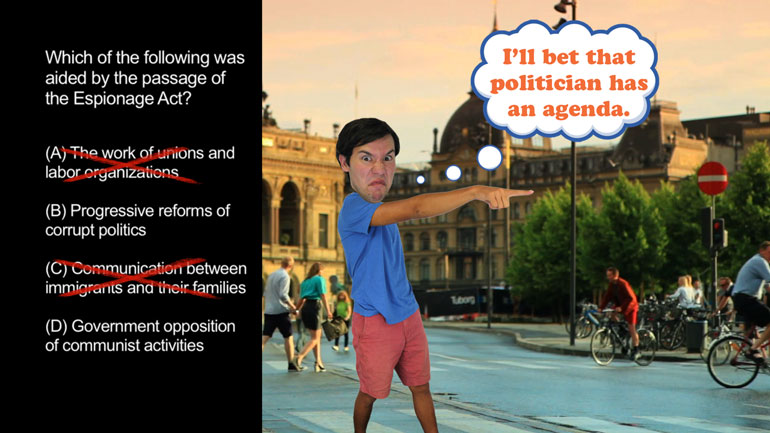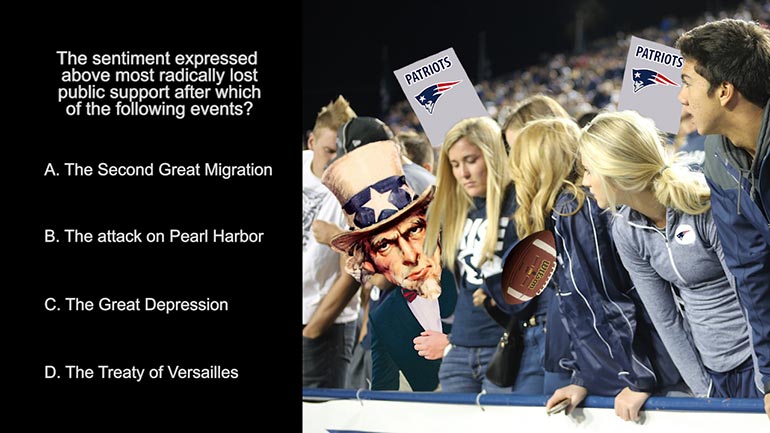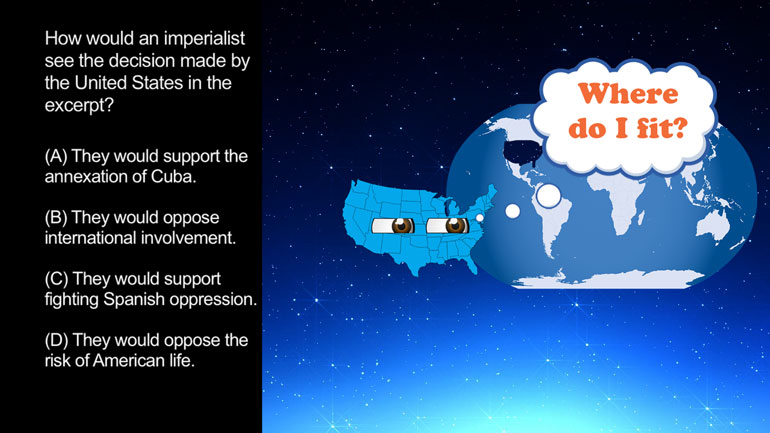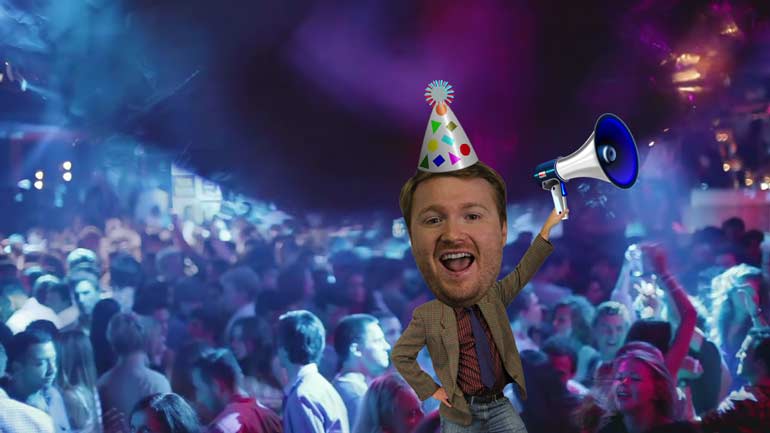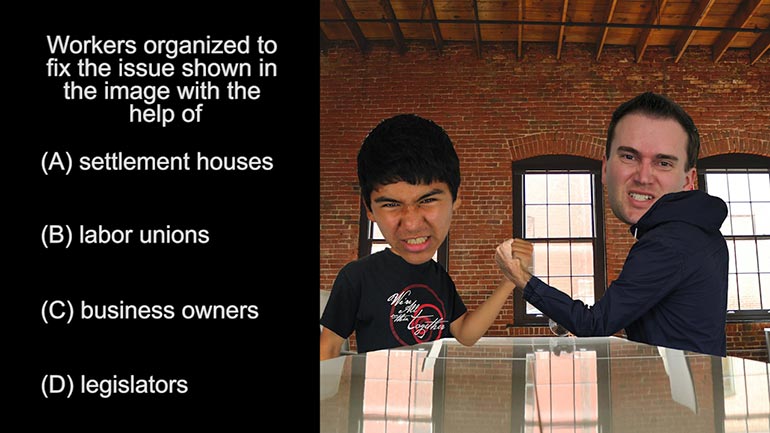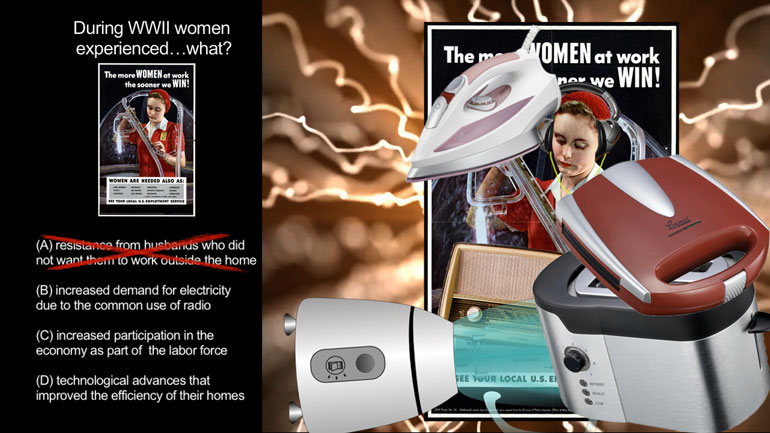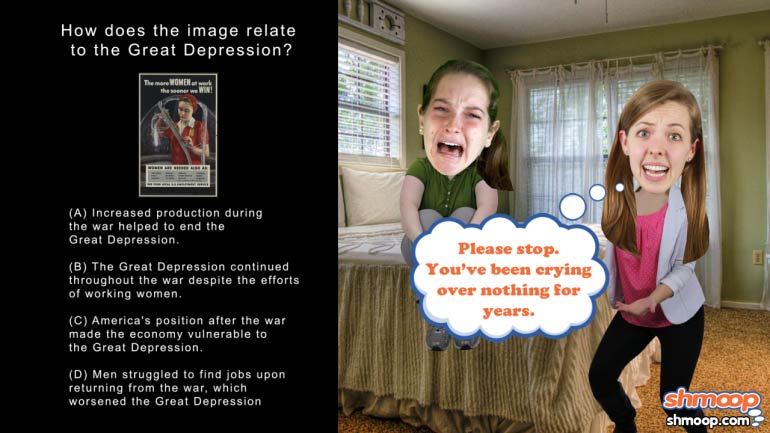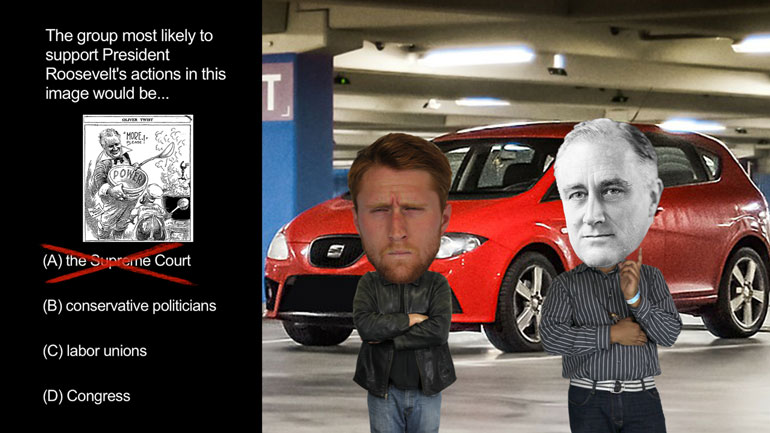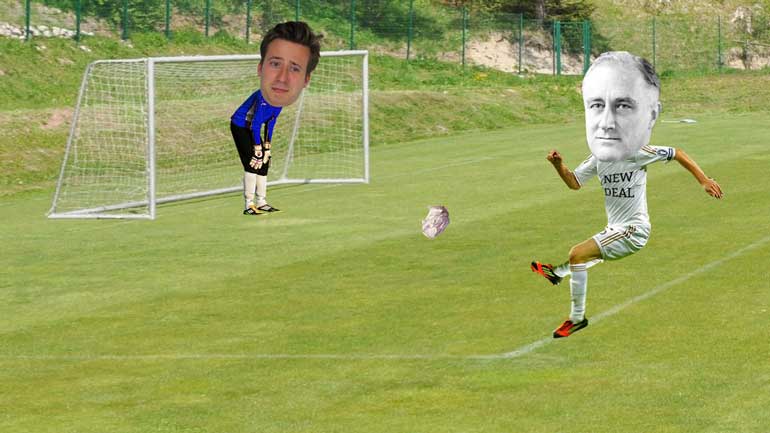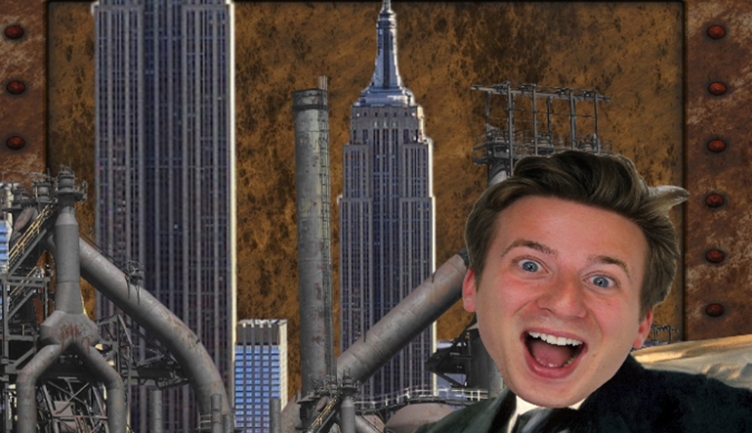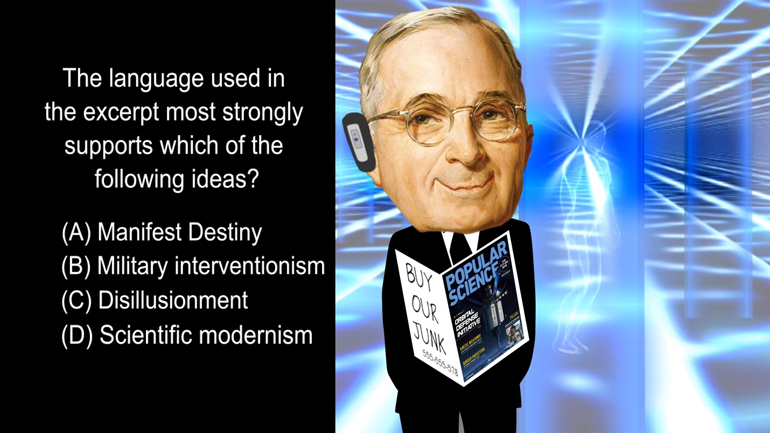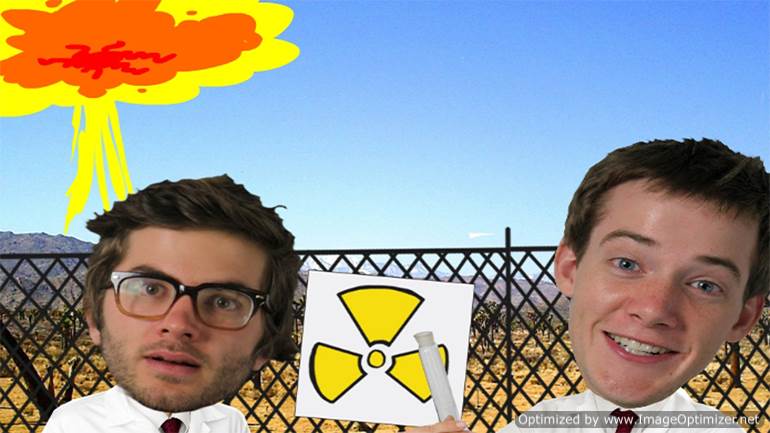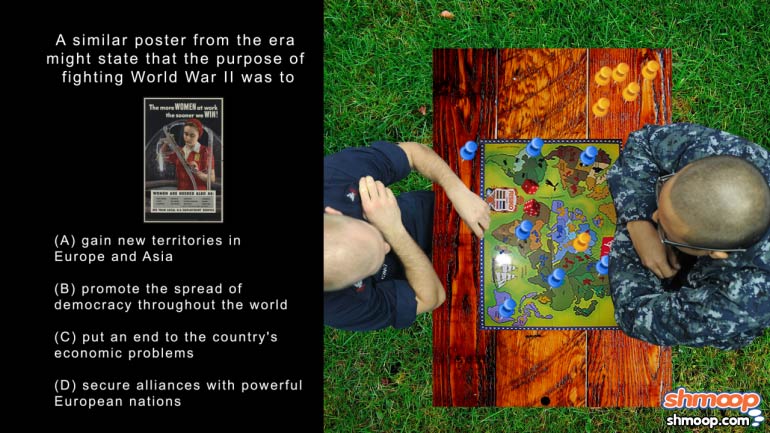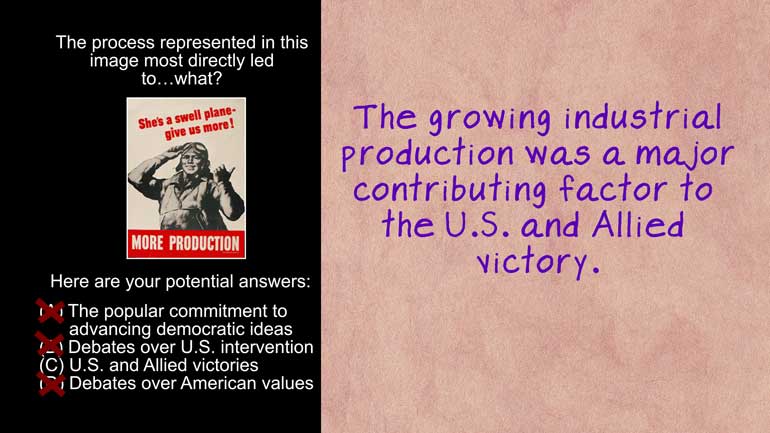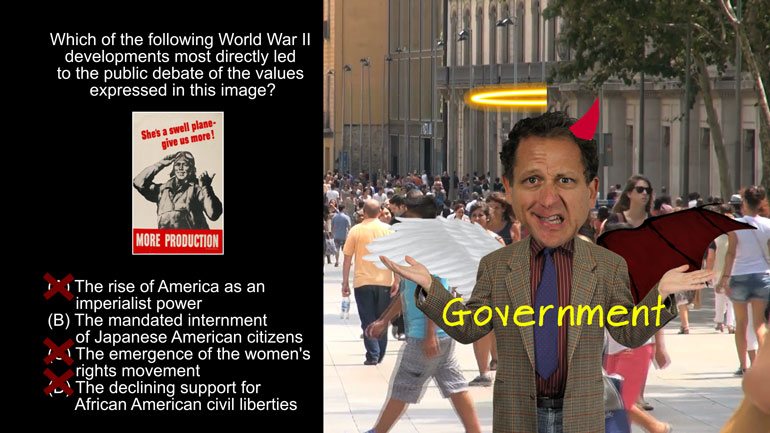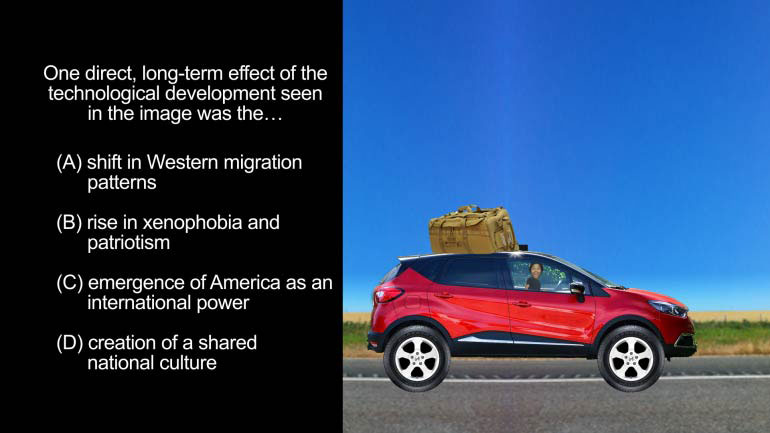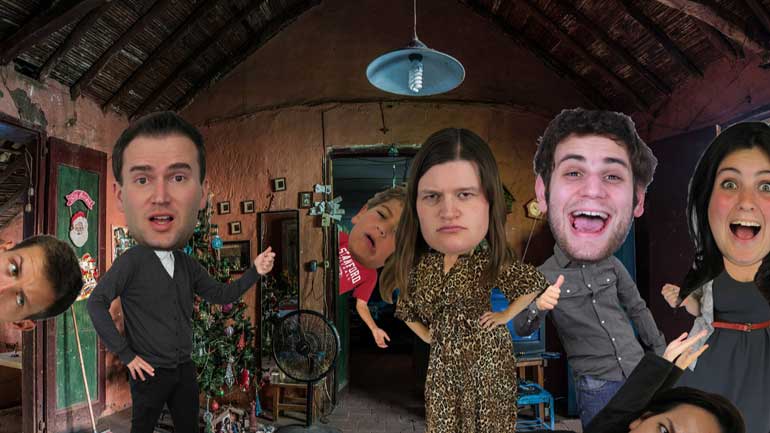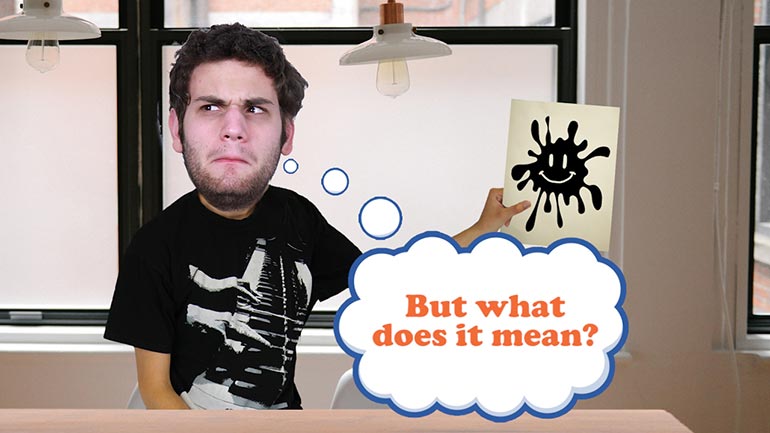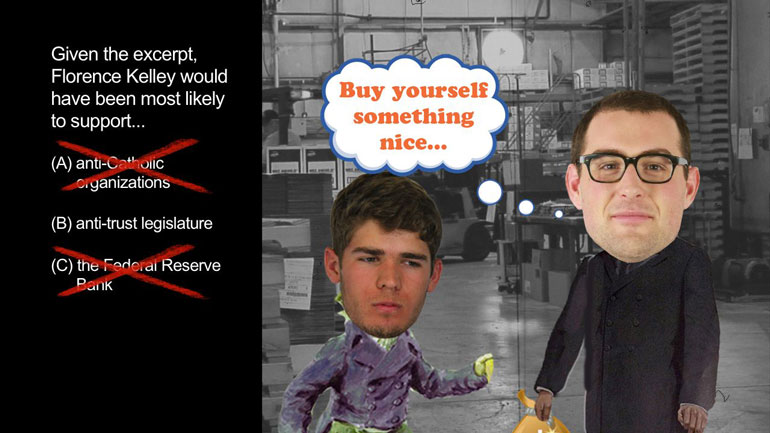ShmoopTube
Where Monty Python meets your 10th grade teacher.
Search Thousands of Shmoop Videos
Period 7: 1890 to 1945 Videos
AP U.S. History Diagnostic 18. What shift in the United States economy is represented by the image?
Growth of Popular Culture Videos 4 videos
AP U.S. History 1.4 Period 7: 1890-1945. The sentiment expressed in the cartoon above is most similar to the rhetoric from which of the follow...
AP U.S. History 2.4 Period 5: 1848-1877. In general, how did Northerners respond to the Black Codes?
AP U.S. History Exam 1.36. During World War I, the Supreme Court ruled that the Espionage Act did not violate First Amendment rights if the speech...
The Migrant Experience Videos 3 videos
AP U.S. History Diagnostic 21. The passage of the law in the excerpt was likely influenced in part by what?
AP U.S. History 1.5 Period 7: 1890-1945. Unlike Europeans, Mexicans increased immigration to the U.S. during World War I because of what factor?
AP U.S. History Diagnostic 20. Why were Mexican immigrants able to freely enter the United States despite the restrictions mentioned in the excerpt?
The Nation's Role in the World Videos 6 videos
AP U.S. History Exam 1.36. During World War I, the Supreme Court ruled that the Espionage Act did not violate First Amendment rights if the speech...
AP U.S. History 2.1 Period 7: 1890-1945. Opponents of Stimson's policies would most likely have supported which of the following?
AP U.S. History Exam 2.41. How does the United States' position in the image suggest the foreign policy it would adopt in the years after World War...
The Progressive Era Videos 3 videos
AP U.S. History Exam 1.35. Which of the following people would be most likely to expose the problems shown in the image?
AP U.S. History Exam 2.31. Workers organized to fix the issue shown in the image with the help of...what?
AP U.S. History 1.3 Period 7: 1890-1945. How did the rise of the corporations affect the social order of the time?
Transformation of the Nation During WWII Videos 14 videos
AP U.S. History Exam 1.40. During WWII, women experienced...what?
AP U.S. History Exam 1.41. How does the image relate to the Great Depression?
AP U.S. History Exam 2.39. The group most likely to support President Roosevelt's actions in the image would be...what?
Transition from a Rural Economy Videos 9 videos
The appeal of city living has always been strong. Can you figure out why new immigrants chose to live in big cities? Hint: they weren't trying to b...
AP U.S. History Exam 2.30. What was a major cause of the problem shown in the image?
AP U.S. History 1.2 Period 7: 1890-1945. Antitrust laws like the Clayton Act were a direct response to what development in the United States economy?
U.S. Territorial Ambitions Videos 4 videos
AP U.S. History Exam 1.19. The image reflects which aspect of United States foreign policy?
AP U.S. History Exam 1.37. Which of the following was aided by the passage of the Espionage Act?
AP U.S. History Exam 1.39. How would an imperialist see the decision made by the United States in the excerpt?
